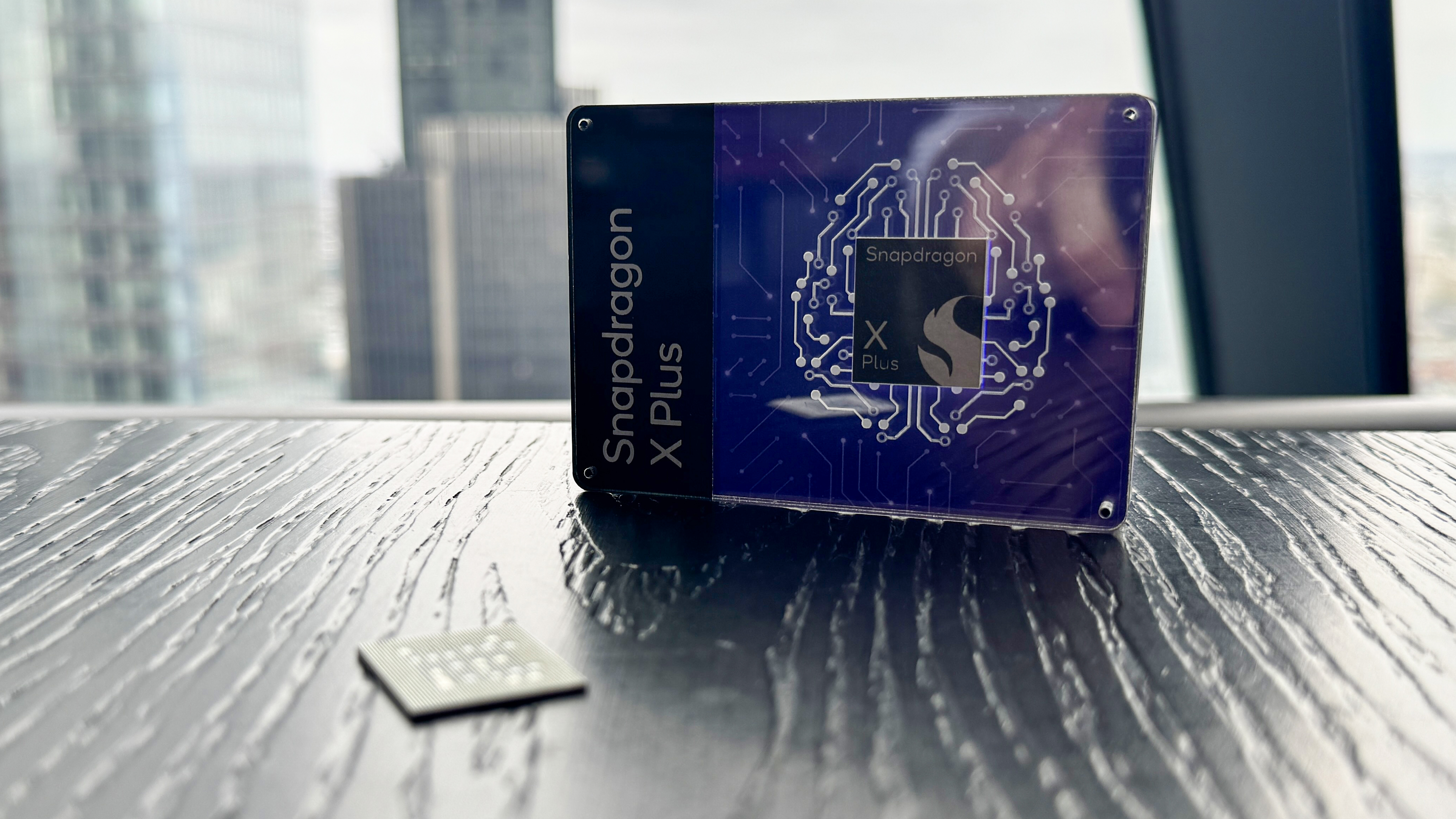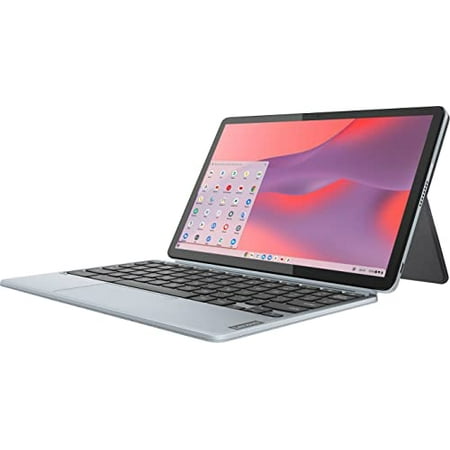Meet Snapdragon X Plus — Qualcomm’s lower-end laptop chip that is still 10% faster than Apple M3
It may not be Elite, but Apple should still be worried

Qualcomm isn’t stopping at just Elite on its arm-based war against the best MacBooks, as the company has just announced the Snapdragon X Plus — a lower-end option that packs impressive performance and power efficiency, that is also a tad faster than Apple M3.
You can expect to see these Qualcomm-equipped machines drop from top laptop manufacturers in mid-2024, and rumors are pointing toward Lenovo and Microsoft being the first companies to jump on this silicon.
So what are the differences between this and the Snapdragon X Elite? Let’s get into it.
Cutbacks in the name of efficiency

To bring the cost down and make this the lower-tier chip compared to the Snapdragon X Elite, two key changes have been made — the amount of cores for multi-threaded performance has gone down from 12 to 10, and there is no Dual-Core Boost frequency available to boost the speed of those complex tasks.
Beyond that, rather impressively, a lot of the chip’s specs remain very similar to what the Elite has: 45 Trillion Operations Per Second (TOPS) of AI performance via the NPU, 3.8GHz of GPU power, and a 42MB total cache.
For context, this continues to be a more potent NPU than what you can even find in the Intel Core Ultra 9 185H, so this should show you how serious Qualcomm is about AI. In fact, it is the only Windows laptop chip that could be able to run Copilot locally.
X (Plus) gon’ give it to ya
So we’ve got past the intricacies, let’s answer the simple question: what do these specs mean for you, the laptop user? Qualcomm promises a couple of vague numbers: a “37% faster CPU,” while consuming “up to 54% less power.”
Sign up to get the BEST of Tom's Guide direct to your inbox.
Get instant access to breaking news, the hottest reviews, great deals and helpful tips.
We tested the performance of this chip for ourselves with a spot of Geekbench 6 benchmarking, and here’s what we found out.
| Chip (laptop) | Geekbench 6 (single-core) | Geekbench 6 (multicore) |
|---|---|---|
| Qualcomm Snapdragon X Plus (Reference design laptop) | 2408 | 13015 |
| Qualcomm Snapdragon X Elite (Reference design laptop) | 2864 | 15016 |
| M3 (MacBook Air) | 3082 | 12087 |
| M3 Pro (MacBook Pro) | 3154 | 14357 |
| M3 Max (MacBook Pro) | 3200 | 21711 |
| Intel Core Ultra 7 155H (Asus Zenbook Duo) | 2475 | 12867 |
| Intel Core Ultra 9 185H (Samsung Galaxy Book 4 Ultra) | 2421 | 13124 |
While the gap in that multi-core performance is a little closer to the competition and it doesn’t hold a candle to the souped-up M3 Pro and M3 Max (as expected with this being the lower-end Snapdragon) the X Plus continues to be faster than the M3 found in the new MacBook Air and iMac.
You can also see the mid-tier Windows laptop market this chip is aiming for too, as the numbers are far closer in competition to the Intel Core Ultra 7 155H in the Asus Zenbook Duo, whereas the Ultra 9 185H in the Samsung Galaxy Book 4 Ultra pips it to the post.
Put simply, there’s a lot to be excited about when it comes to performance and longevity potential of the Snapdragon X Plus — especially if the price is right and the laptops that feature these (set to drop in a couple of months).
More from Tom's Guide
- Qualcomm says Snapdragon X Elite blows away Apple’s M3 chip with 28% faster performance
- M4 MacBooks: Everything we know so far
- Huge sale on M3 MacBooks and iMacs at Amazon right now — here’s the 5 deals I’d buy

Jason brings a decade of tech and gaming journalism experience to his role as a Managing Editor of Computing at Tom's Guide. He has previously written for Laptop Mag, Tom's Hardware, Kotaku, Stuff and BBC Science Focus. In his spare time, you'll find Jason looking for good dogs to pet or thinking about eating pizza if he isn't already.










